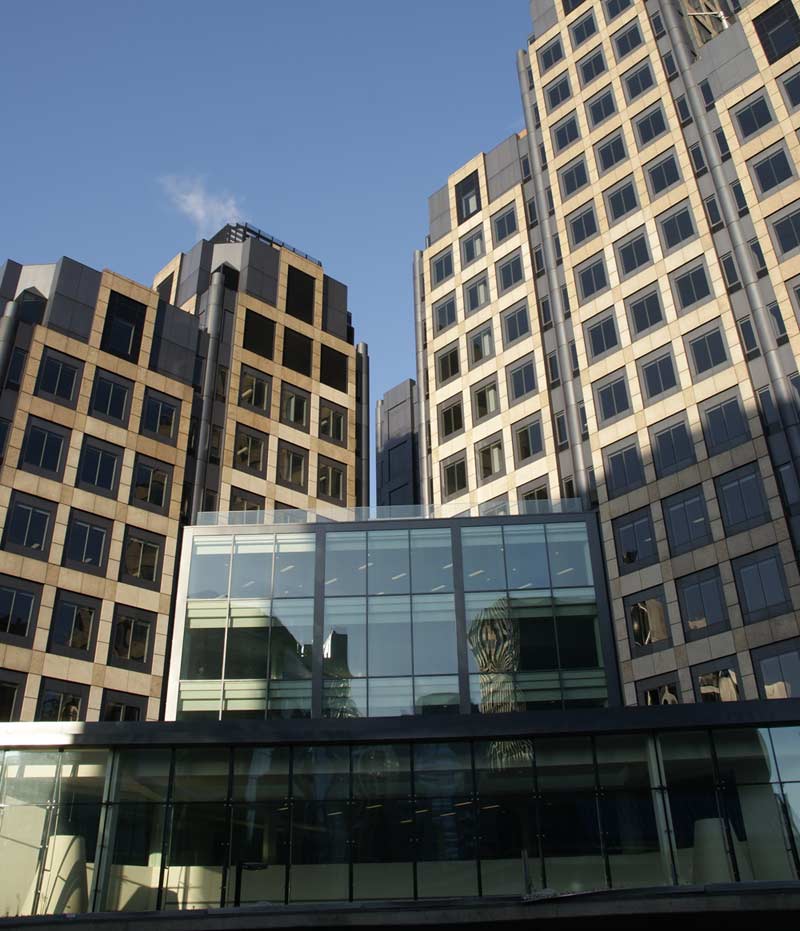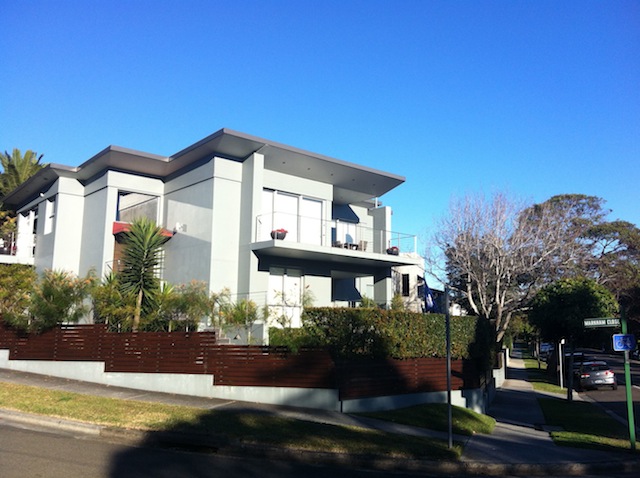One of the longest running large scale 3D printing projects is based at the UK’s Loughborough University where since 2007 researchers have been working on developing the technology’s applications to the construction industry.
Loughborough’s technology, named Freeform, offers faster and more flexible ways of casting concrete and building structures using a computer controlled concrete pouring system. For property developers the attraction is cheaper buildings while for architects the technologies offer more innovative structures.
In late November the team announced a venture with Swedish building company Skanska SA to develop the world’s first commercial concrete printing robot.
The venture, which will include collaborations with companies including iconic UK architects Foster and Partners, Buchan Concrete, Scandinavian contracting giant ABB and Lafarge Tarmac, aims to have the first commercially available robot printer available by mid 2016.
Competing with the European venture is Chinese company WinSun who earlier this year showcased its 3D printer capable of producing ten houses every 24 hours. An interesting aspect of WinSun’s project is that the printing rig was build out of existing parts and controlled by an off the shelf Computer Aided Design and Manufacturing software system.
While the Chinese results are relatively crude, they show the potential for the technology. The economics of the WinSun project are enhanced by using waste building site material for the concrete which only increases the attraction of these machines to cost conscious property developers.
The Chinese and British are not just the only countries working on these technologies, in the Netherlands the 3D Print Canal House shows how techniques and materials are being developed while in the United States the University of Southern California’s Contour Crafting project is looking at how to use large scale 3D printing in a range of construction scenarios including building space colonies.
While using moon dust to build structures in space is some way off, both Freeform and WinSun show what will become commonplace on building sites in the near future.
These technologies promise to radically change architecture and the building industry with ramifications for jobs and the economics of building structures. 3D printing buildings is another example of how industries and employment will be very different by the middle of this century.
For businesses, it’s another example of how managers have to prepare for very different marketplaces.
Builder image courtesy of thesaint through Freemimages.com








